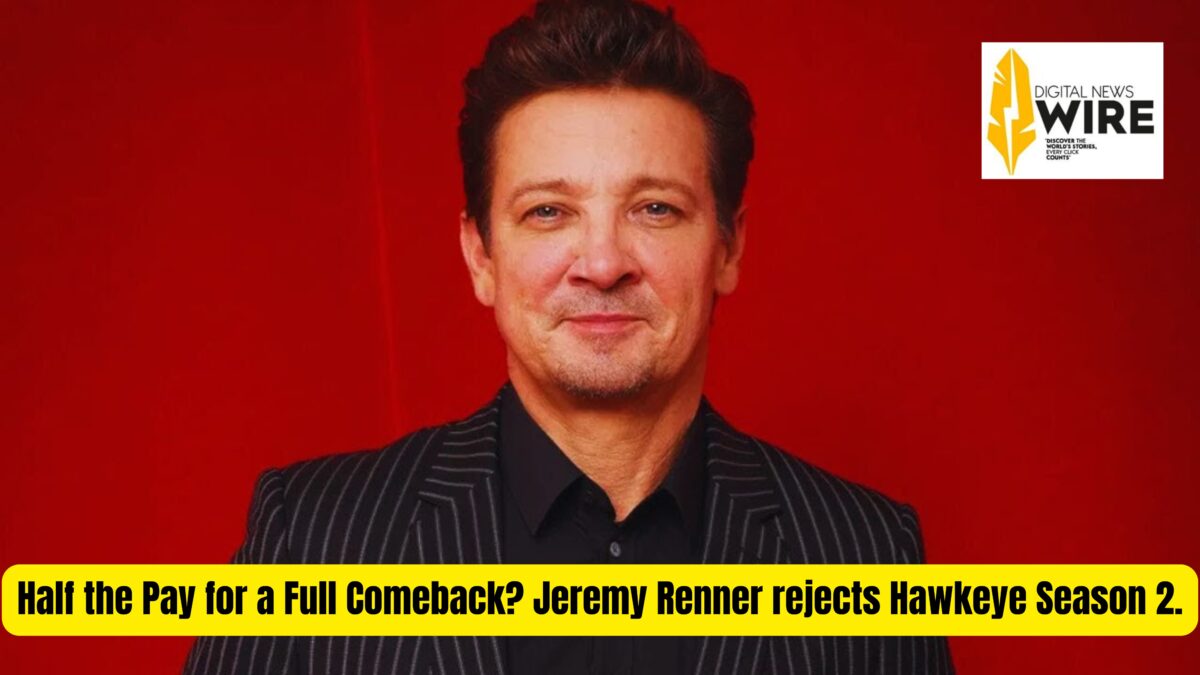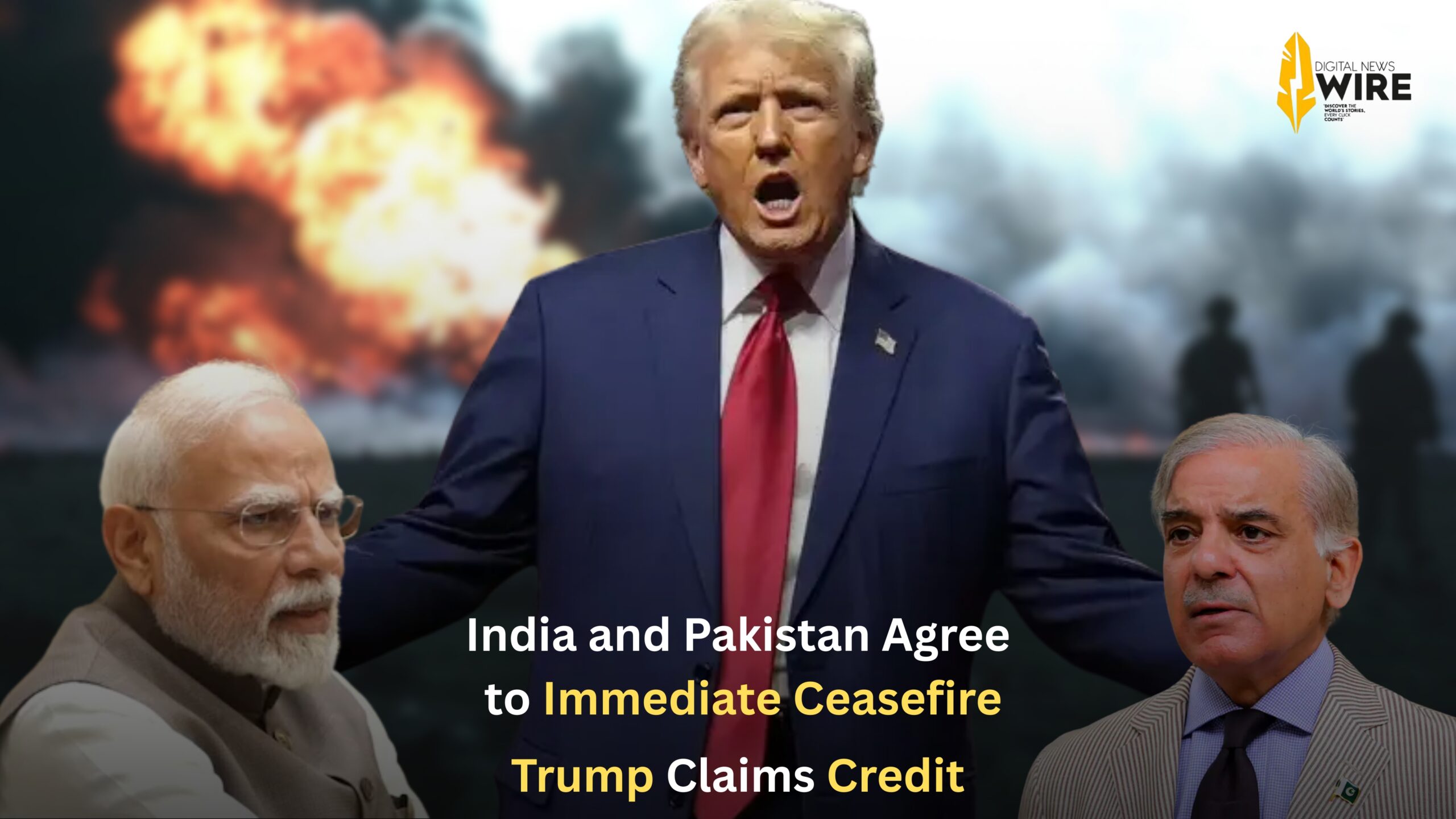From haunting memories to hopeful movements, the anniversary renews the world’s focus on ending the nuclear threat.
New Delhi: Eighty years ago this week, the world changed forever. On August 6 and 9, 1945, the United States dropped atomic bombs on the Japanese cities of Hiroshima and Nagasaki — the first and only use of nuclear weapons in warfare. Instantly, entire cities were destroyed, tens of thousands of lives lost, and man entered the nuclear age.
Now, in 2025, the world pauses to mark the 80th anniversary of this tragic chapter in history. Commemorative events were held in Hiroshima Peace Memorial Park and Nagasaki Peace Park, drawing thousands — including survivors, global leaders, peace activists, and young advocates — in a solemn remembrance of the lives lost and the enduring pain of the survivors.
Haunting Legacy of the Atomic Bombs
The bombings were cataclysmic in both scale and consequence. “Little Boy,” dropped on Hiroshima, generated temperatures of nearly 4,000°C, while “Fat Man,” used in Nagasaki, had an explosive power equivalent to 21 kilotons of TNT. Japan now recognizes over 344,000 deaths in Hiroshima and nearly 199,000 in Nagasaki, including those who later died from radiation-related illnesses.
Survivors, known as hibakusha, continue to suffer from long-term health complications such as cancer and radiation burns. Many also faced decades of social discrimination. Yet, their resilience and advocacy have kept the memory of those dark days alive and served as a powerful voice for peace.

“My scars may have faded, but the memories never will,” said 92-year-old survivor Keiko Ogura, speaking to the crowd in Hiroshima. “We speak so the world remembers — and never repeats.”
Stories from Ground Zero
The experiences of the hibakusha remain imprinted in global consciousness. Survivors recall seeing the sky turn white, buildings vanish in an instant, and loved ones turned into shadows burned onto walls. Families were torn apart, children orphaned, and generations born into the trauma that followed.
Despite the devastation, nature showed remarkable resilience. By 1946, trees such as camphor and oleander began to regrow — a small yet powerful sign of life amid ruin.
Remembering and Recommitting
This year’s ceremonies were marked by emotional tributes, moments of silence, and the tolling of peace bells. UN Secretary-General António Guterres, in a video address, urged world leaders to reflect on the horrors of nuclear war and choose diplomacy over destruction. “Let Hiroshima and Nagasaki be a reminder — humanity must choose peace over annihilation,” he said.
Peace activist and survivor Setsuko Thurlow repeated the message, stating, “We were not destroyed so that others could forget. We were spared so we could speak.”

The commemorations not only honored those who perished but also emphasized the urgent need for global nuclear disarmament. The continued existence of thousands of nuclear warheads around the world serves as a warning that the threat is far from over.
A Global Call for Action
Eighty years on, this stands as both a moment of mourning and a message to the future. The resilience of the survivors, their decades-long advocacy for peace, and the international community’s participation in the memorials reflect a common desire: never again.
“This is not just a remembrance,” said one speaker at the Nagasaki ceremony. “It is a call to the world — to leaders, to citizens, to every generation — to ensure that Hiroshima and Nagasaki remain the first and last cities ever to endure such destruction.”
As the world reflects on the events of August 1945, the legacy of Hiroshima and Nagasaki continues to guide global dialogue on nuclear weapons. The message from survivors is clear: their suffering must never be forgotten, and their voices must fuel the pursuit of lasting peace.
Also Read: Send Help: I’m Dating a Man-Baby




